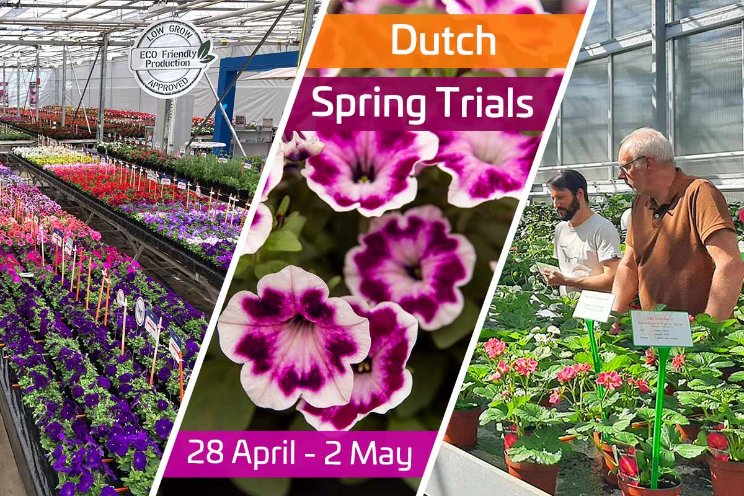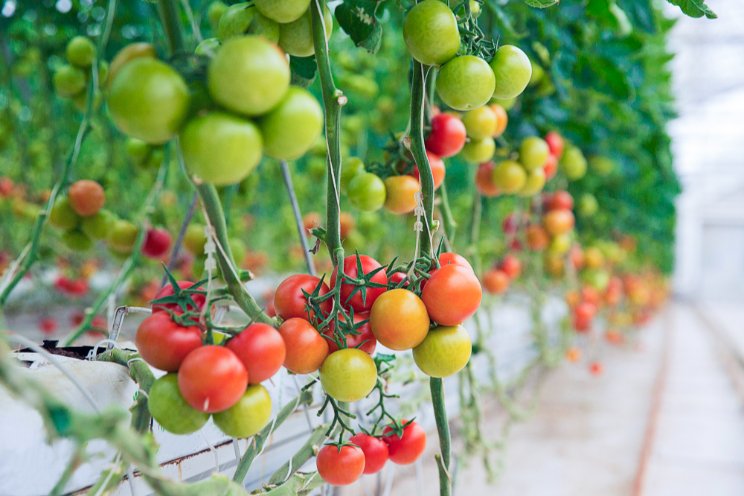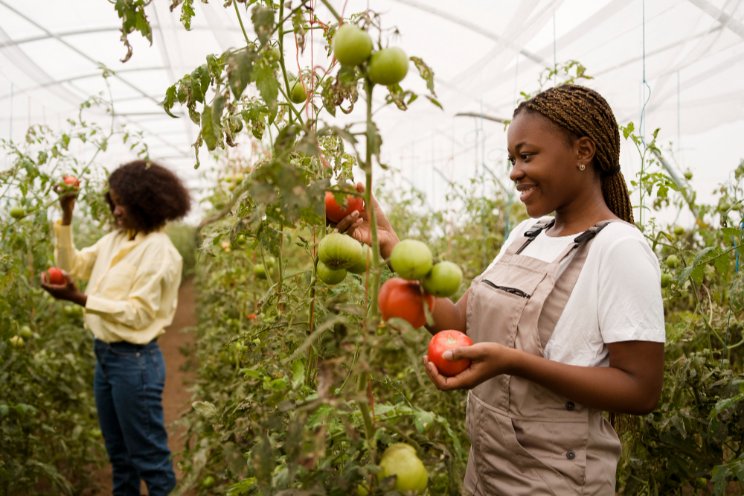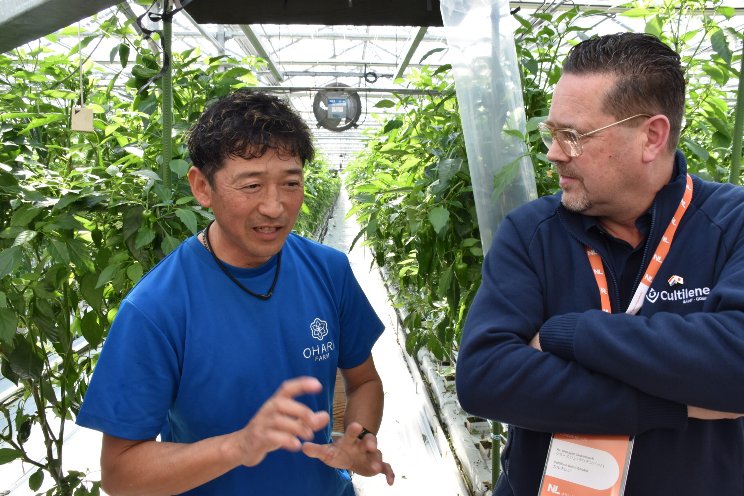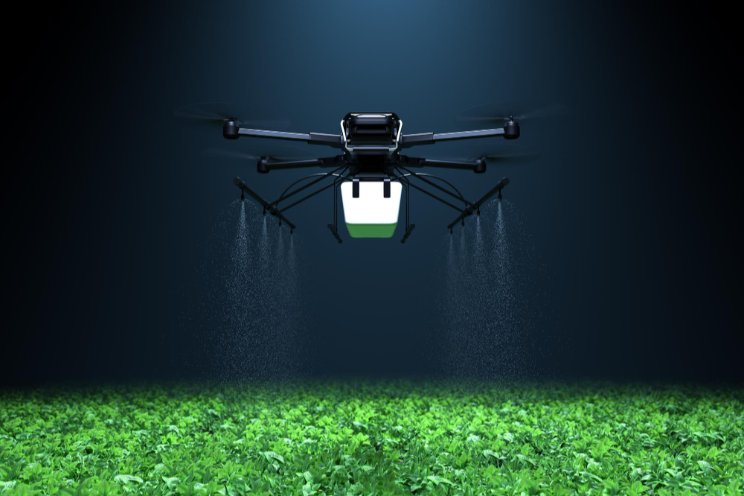Energy costs create headwinds for vertical farms
Added on 09 May 2023

When salad shortages hit British supermarkets earlier this year, attention turned to one futuristic farming technique, long touted as a way to shore up local supply chains and keep fresh produce on the shelves: vertical farms.
These indoor factories allow crops to be grown year-round in controlled environments, theoretically reducing the amount of land and water needed to produce food. Investors have already poured billions of dollars into the idea: more than $4bn in the last five years, according to data provider Dealroom.
But, despite this influx of cash, the viability of the farms remain a concern to many in the industry. Most have yet to grow more than leafy greens and herbs and — as the salad shortage arguably demonstrated — they also have yet to make a significant dent in global food supply.
“The industry as a whole right now [is] in a bad place,” says Padraic Flood, a geneticist working at Infarm, one of Europe’s largest vertical farming companies. “There have been the energy spikes, profitability has been an issue, and many companies have gone under in the past few months.” French vertical farming start-up Agricool shut up shop last year and Infarm laid off more than half its workforce in November.
Photo by Petr Magera on Unsplash
More news
